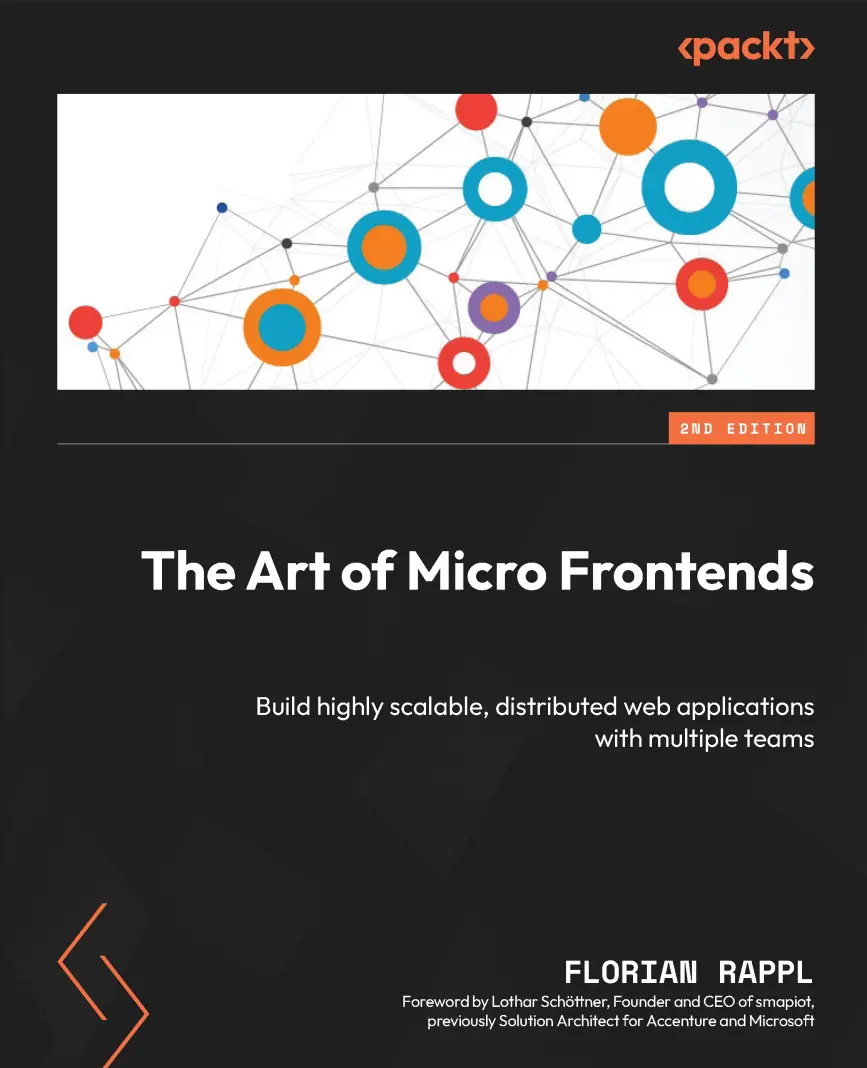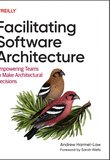-
.NET (.NET Core)
-
1C
-
APL
-
AWK
-
Agda
-
Agile/Scrum
-
Alef
-
Assembler
-
Basic
-
Beta Programming Language
-
Big Data/DataScience
-
C
-
C#
-
C++
-
CSS
-
Cobol
-
Crystal
-
D
-
Dart
-
DataBase (SQL)
-
Delphi
-
F#
-
Flutter
-
Fortran
-
GPT/AI/ИИ
-
GameDev
-
Git
-
Go (Golang)
-
HTML
-
Hacking and Security
-
Haskell
-
Java
-
JavaScript (JS)
-
Julia
-
Kotlin
-
Machine Learning (ML)
-
Natural language processing (NLP)
-
PHP
-
Pascal
-
Python
-
R
-
Ruby
-
Rust
-
Scratch
-
Swift
-
UML
-
UX/UI
-
Visual Basic
-
Wolfram
-
XML
-
АСУ
-
Проектирование/System Design
-
Сети/Network
-
Схемотехника/электронные схемы
-
.NET (.NET Core)
-
1C
-
APL
-
AWK
-
Agda
-
Agile/Scrum
-
Alef
-
Assembler
-
Basic
-
Beta Programming Language
-
Big Data/DataScience
-
C
-
C#
-
C++
-
CSS
-
Cobol
-
Crystal
-
D
-
Dart
-
DataBase (SQL)
-
Delphi
-
F#
-
Flutter
-
Fortran
-
GPT/AI/ИИ
-
GameDev
-
Git
-
Go (Golang)
-
HTML
-
Hacking and Security
-
Haskell
-
Java
-
JavaScript (JS)
-
Julia
-
Kotlin
-
Machine Learning (ML)
-
Natural language processing (NLP)
-
PHP
-
Pascal
-
Python
-
R
-
Ruby
-
Rust
-
Scratch
-
Swift
-
UML
-
UX/UI
-
Visual Basic
-
Wolfram
-
XML
-
АСУ
-
Проектирование/System Design
-
Сети/Network
-
Схемотехника/электронные схемы
Меню
The Art of Micro Frontends: Build highly scalable, distributed web applications with multiple teams. 2 Ed

Автор: Rappl Florian
Дата выхода: 2024
Издательство: Packt Publishing Limited
Количество страниц: 356
Размер файла: 3,6 МБ
Тип файла: PDF
Добавил: Александр
Why Micro Frontends?
Common Challenges and Pitfalls
Deployment Scenarios
Domain Decomposition
Types of Micro Frontend Architectures
The Web Approach
Server-Side Composition
Edge-Side Composition
Client-Side Composition
SPA Composition
Siteless UIs
Sharing Dependencies with Module Federation
Isolating CSS
Securing the Application
Decoupling Using a Discovery Service
Preparing Teams and Stakeholders
Dependency Management, Governance, and Security
Impact of Micro Frontends on UX and Screen Design
Building a Great Developer Experience
Case Studies
The organizational pattern of micro frontends allows you to split web applications into multiple parts, where each part can be owned by an autonomous team. Each team can have its own development and deployment life cycle, allowing every part of an application to be shipped in isolation. Following the strategies outlined in this book, you can avoid complexity while increasing resilience for your frontend.
This updated second edition will guide you through the patterns available to implement a micro frontend solution. You’ll learn about micro frontends, the different architecture styles, and their areas of use. Then, you’ll learn how to prepare teams for the change to micro frontends, as well as how to adjust the user interface (UI) design and your CSS styles for scalability. Starting with the simplest variants of micro frontend architectures, the book progresses from static approaches to fully dynamic solutions that allow maximum scalability with faster release cycles. In the concluding chapters, you’ll strengthen the security level of your micro frontend solution, while reinforcing your overall knowledge with real-world case studies relating to micro frontends.
By the end of this book, you’ll be able to decide whether and how micro frontends should be implemented to achieve high scalability for your web app.
What you will learn
Understand how to choose the right micro frontend architecture
Use screen designs and isolated styles for compositional UIs
Create outstanding developer experiences for micro frontend solutions
Introduce governance and boundary checks to manage distributed frontends
Share dependencies and expose micro frontends with module federation
Build scalable modular web applications from scratch or by migrating an existing monolith
Who this book is for
This book is for software architects, lead developers, senior web developers, and frontend engineers. Beginner-level knowledge of HTML and CSS, as well as a solid understanding of JavaScript programming and its ecosystem, including Node.js and npm, is assumed.









